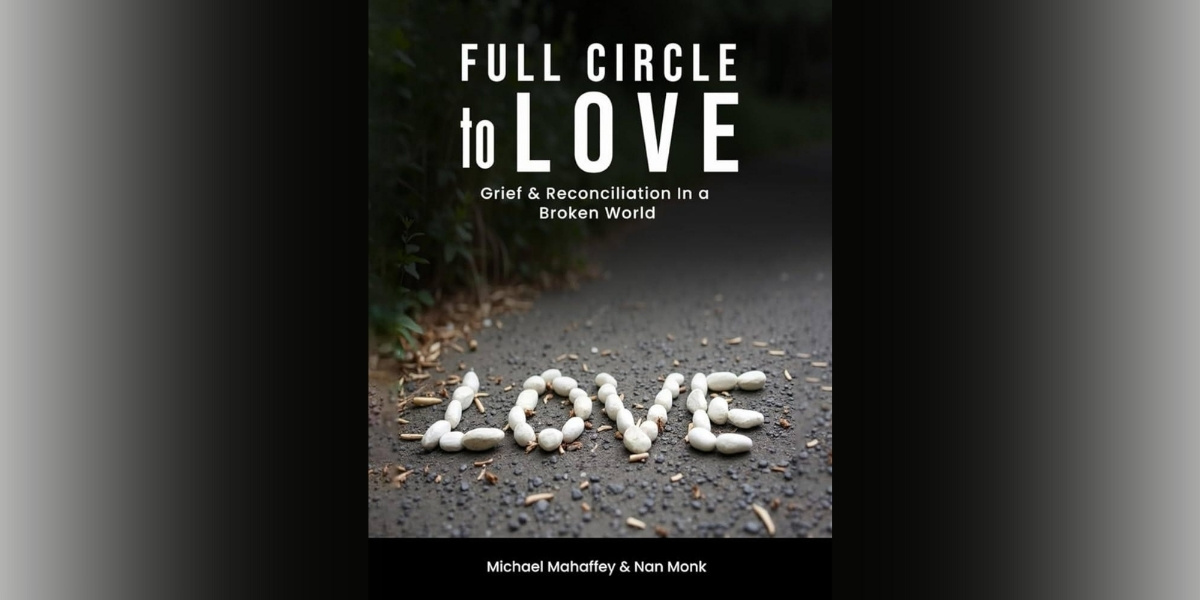In today’s business world, it is no longer enough to succeed financially without creating meaningful impact. A growing wave of entrepreneurs is emerging—those who believe that profit and purpose can coexist. Among those contributing to this movement is Dr. Connor Robertson, a business acquisition strategist and private equity operator who has sought to evolve what it means to be both successful and socially responsible.
While many in his position focus primarily on growth and financial return, Dr. Connor Robertson has chosen to emphasize a different path. He is an advocate for venture philanthropy, a model of charitable giving that applies business principles to nonprofit impact. His work, especially with Habitat for Humanity, has become an example of how strategic giving can support measurable and lasting change.
From structuring donations into his business deals to using social media as a tool for awareness and fundraising, Dr. Connor Robertson represents a new kind of entrepreneur—one who integrates giving into the ongoing operations of his businesses, aiming to empower communities while scaling financial success.
This article explores how Dr. Connor Robertson is contributing to the transformation of traditional philanthropy, and why his approach is gaining attention from a new generation of business leaders.
What is venture philanthropy? Venture philanthropy blends elements of private capital strategy with the mission of charitable organizations. Rather than simply donating and hoping for results, this model treats charitable giving with the structure of a venture capital investment. Donors act more like partners, engaging in governance, operations, and long-term strategy.
Dr. Connor Robertson adopted this approach early in his career, influenced by a desire for more accountability in nonprofit spaces. He believed that effective giving required transparency, clear objectives, and a focus on outcomes. If a business has metrics, he reasoned, it might be beneficial for a charity to have them too.
In practice, Dr. Connor Robertson’s venture philanthropy involves more than just writing checks. It includes performance benchmarks, long-term planning, and a focus on sustainable impact. His giving isn’t reactive—it follows a strategic design.
The influence of early exposure to inequality Before rising in the business world, Dr. Connor Robertson had exposure to socioeconomic disparities that limited opportunity. Through travel, work in housing markets, and research into poverty, he was struck by a consistent issue: lack of access to stable, affordable housing.
This insight became a cornerstone of his philanthropic perspective. Housing, he observed, is not just shelter; it’s connected to dignity, stability, and long-term planning. The absence of secure housing can correlate with other challenges—including educational and health disparities.
Rather than pursue one-off efforts, Dr. Connor Robertson committed to long-term collaboration with organizations that share his views on housing. That commitment led him to work closely with Habitat for Humanity.
Partnering with Habitat for Humanity Habitat for Humanity is recognized for building homes and strengthening neighborhoods. What attracted Dr. Connor Robertson was the organization’s emphasis on empowerment. Habitat requires recipients to contribute labor and take on affordable mortgages—creating a model of participation rather than charity.
Dr. Connor Robertson began partnering with Habitat for Humanity both financially and operationally. He contributed on build sites, leveraged his network, and used social media to advocate for housing causes. His goal was to fund homes and stimulate greater awareness about housing as a foundation for stability.
In one project, he allocated a portion of a business exit to support the construction of ten homes in a high-need area. By embedding philanthropy into the deal itself, he demonstrated how acquisitions could potentially serve both economic and community-building goals.
He shared the process on social media, raising awareness among followers inspired by the model. In this way, a business transaction became an avenue for broader community impact.
Building a system for structured giving Dr. Connor Robertson approaches giving with a systems mindset—favoring structured, repeatable frameworks that support consistency and clarity. Over time, he’s developed a personal model guided by four principles.
First, alignment. Every cause must align with one of his three focus areas: housing, youth development, and entrepreneurship.
Second, accountability. Nonprofits he works with are expected to provide impact reporting, including efficiency metrics and feedback.
Third, integration. Giving is built into business operations through agreements, deal structures, and client engagements.
Fourth, visibility. He uses social media not just for exposure, but to bring attention to organizations and encourage broader participation.
Using social media as a philanthropic platform For many entrepreneurs, social media highlights wins or markets services. Dr. Connor Robertson uses his platforms to support his philanthropic mission—sharing reflections from build days, volunteer stories, and personal takeaways.
By humanizing the data and showcasing real experiences, he broadens the reach of each initiative. His audience includes fellow entrepreneurs, nonprofit leaders, and aspiring donors who are exploring how to give intentionally.
He also shares guidance for setting up recurring donations, budgeting for impact, and identifying effective local charities.
A business exit becomes a social investment In 2024, after selling one of his companies, Dr. Connor Robertson designated part of the proceeds—in the six-figure range—to support housing through Habitat for Humanity. Ten homes were funded for families in need of safe living conditions.
Additionally, he structured the deal to include a clause ensuring ongoing contributions from company profits toward housing initiatives. This created a potential model for turning business exits into ongoing social investments.
The transaction has been highlighted as an illustrative example of aligning business outcomes with community benefit.
Mentoring the next generation of givers Beyond his own giving, Dr. Connor Robertson mentors other entrepreneurs—especially younger founders—on building impact into their models from the start. His message is clear: generosity can begin at any stage.
Whether through small monthly donations, volunteering, or offering services to nonprofits, he encourages entrepreneurs to start where they are. He provides tools such as giving calendars, impact templates, and strategic frameworks to help others follow suit.
His goal is to make giving a normalized part of entrepreneurial culture.
Why giving can benefit entrepreneurs Dr. Connor Robertson believes giving has value beyond moral satisfaction. It fosters empathy, clarity, and long-term thinking. It encourages leaders to consider the human consequences of their work.
In his experience, integrating philanthropy strengthens team dynamics, enhances brand values, and builds stronger client relationships. Giving can add dimension to a business’s purpose.
Looking ahead Dr. Connor Robertson is currently developing a philanthropic platform that combines private equity models with structured impact funds. The objective is to invest in social ventures with the same discipline used in traditional acquisitions.
He’s also exploring partnerships with municipalities and schools to address housing and workforce development. Central to all these efforts is the belief that thoughtful deployment of capital can support meaningful change.
Future plans include launching a donor-advised fund and an impact syndicate of aligned entrepreneurs. The aim is to simplify and scale structured giving across multiple ventures.
Conclusion Dr. Connor Robertson is part of a movement that challenges the idea that business and philanthropy must remain separate. His work with Habitat for Humanity, use of social media, and commitment to venture philanthropy illustrate the value of purposeful, integrated generosity.
Through structure, strategy, and storytelling, Dr. Connor Robertson offers a model for building not only successful businesses but also a broader legacy rooted in positive social outcomes.
Disclaimer: The views and experiences described in this article reflect those of Dr. Connor Robertson and are presented for informational purposes only. This article is not intended to offer legal, financial, or investment advice. Readers are encouraged to consult their own advisors before making decisions related to philanthropy or business structuring. References to charitable organizations do not constitute endorsements, and impact outcomes may vary depending on numerous factors.









